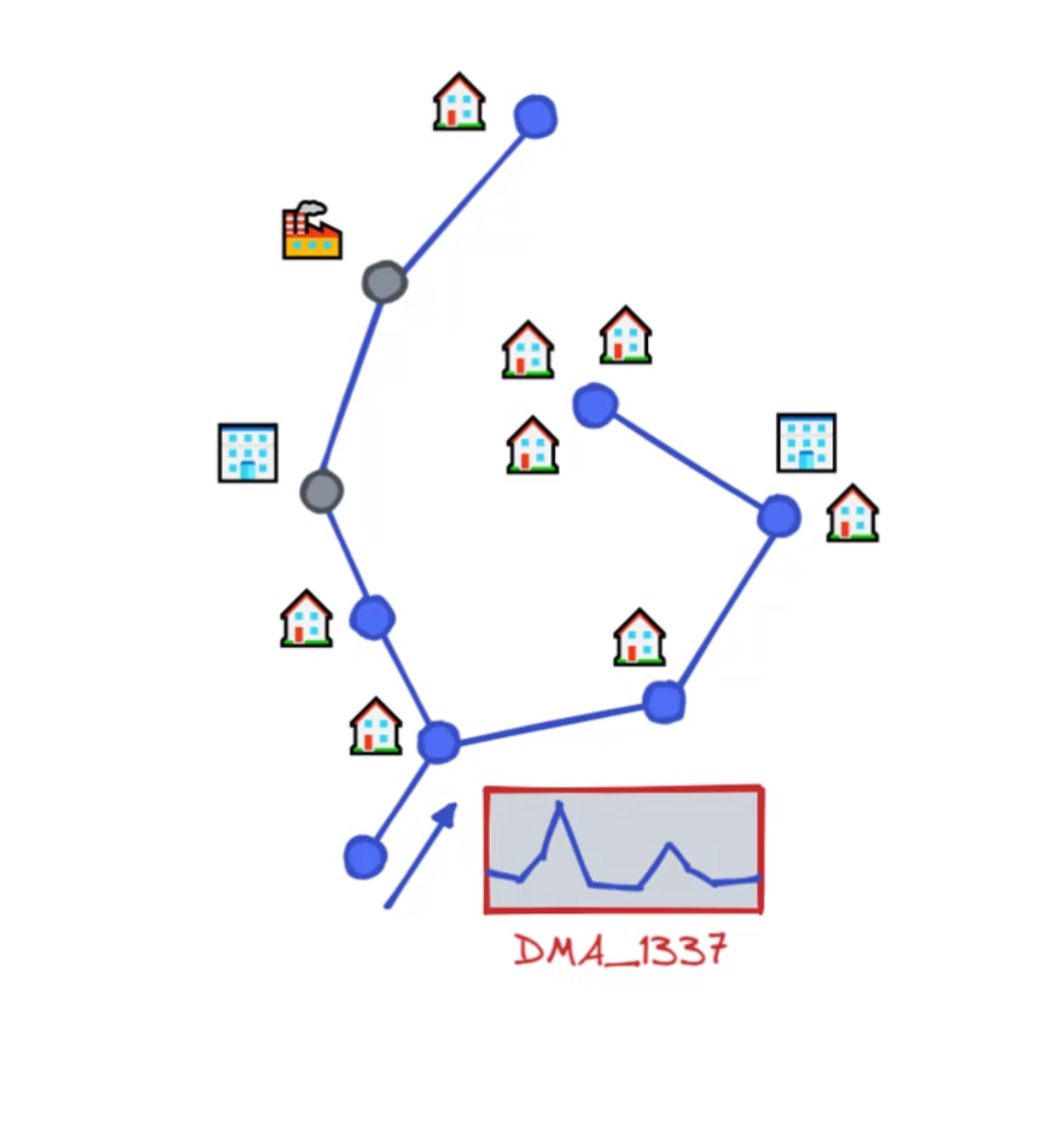& Construction

Integrated BIM tools, including Revit, AutoCAD, and Civil 3D
& Manufacturing

Professional CAD/CAM tools built on Inventor and AutoCAD

Integrated BIM tools, including Revit, AutoCAD, and Civil 3D

Professional CAD/CAM tools built on Inventor and AutoCAD
Identify a network model and describe how it is used to simulate scenarios of pressurized water distribution systems.
Type:
Tutorial
Length:
1 min.
A network model, also referred to as simply a “model,” is comprised of all the digital information that represents a pressurized water distribution system. These digital representations are used to simulate different scenarios, such as large-scale hydraulics.

How to buy
Privacy | Do not sell or share my personal information | Cookie preferences | Report noncompliance | Terms of use | Legal | © 2025 Autodesk Inc. All rights reserved